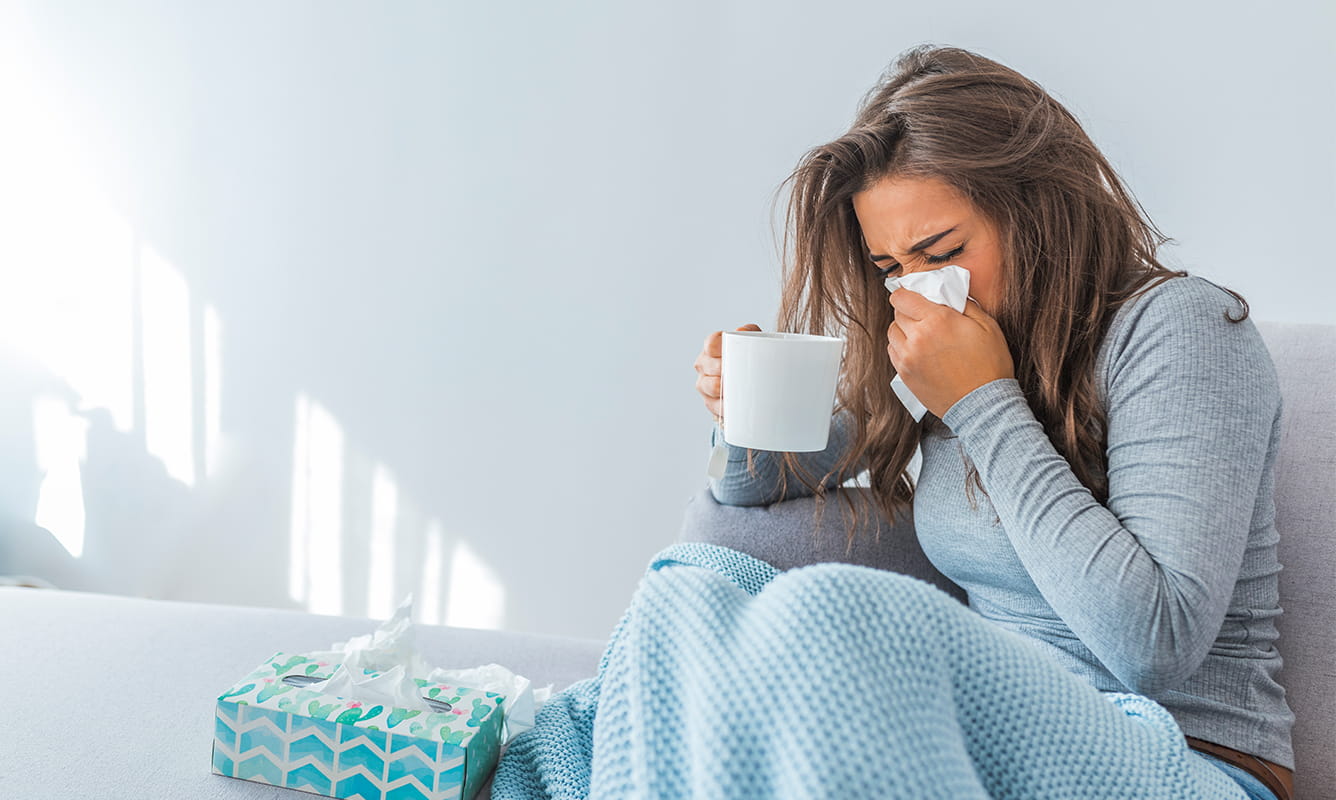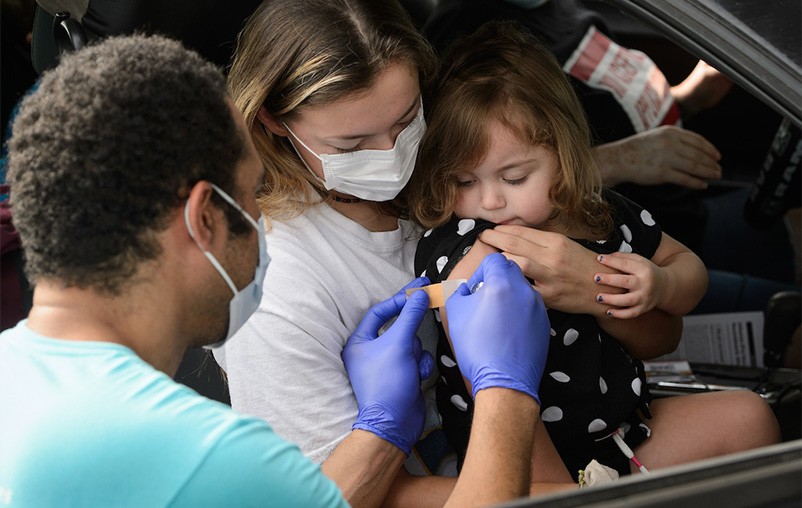The vaccination message this fall is simple: Get your flu and COVID-19 vaccines.
This is not a get-one-or-the-other situation. Everyone eligible needs both. Health officials say vaccination is the key to avoiding a “twindemic,” where vulnerable, unprotected individuals get sick with both viruses.
A “twindemic” would be deadly
While getting a COVID-19 vaccination is relatively new, rolling up our sleeves for a flu shot is something many of us do every fall – for good reason. We know the flu can be a killer.
The CDC estimates that influenza has resulted in 12,000 to 61,000 deaths annually since 2010. It has sent hundreds of thousands more to the hospital.
Children under 5 and adults 65 and older are especially vulnerable because they tend to have weaker immune systems. Flu also puts pregnant women and others with existing health conditions at greater risk.
When it comes to COVID-19, we are all too familiar with the grim statistics. More than 660,000 Americans have died from the disease.
Imagine what could happen with both viruses circulating in our community.
Get both shots
Health officials have been pushing hard for everyone 12 and older to get a COVID-19 vaccination. The U.S. Food and Drug Administration will likely give the green light this fall for younger children to receive that vaccine, too.
The U.S. Centers for Disease Control and Prevention recommends a flu shot for everyone 6 months or older with a few exceptions. The CDC says you can get the flu and COVID-19 shots on the same day.
“The CDC has indicated that COVID-19 vaccines may be administered without regard to timing of other vaccines,” said Dr. Bryan Alsip, Chief Medical Officer for University Health. “That means there is no required gap between those two vaccines.”
Severe allergic reactions to flu and COVID-19 shots are rare. Most of us experience little more than temporary soreness in the area where the shot is given. Other temporary reactions may include headache, fever, nausea or muscle aches.
“One would expect that the side effects of giving both vaccines within a close interval, or simultaneously, are generally similar to what one experiences when the vaccines are administered alone,” Dr. Alsip said.
COVID-19 or flu – which is it?
The CDC predicts viruses causing flu and COVID-19 will both be circulating this fall and winter. And yes, it’s possible to get hit with both diseases at the same time. That could result in a double-whammy to your body and respiratory system.
It may be difficult to tell the illnesses apart. Both spread through respiratory droplets by people in close contact, and the signs of infection can be similar: fever, cough, difficulty breathing and feeling exhausted.
If you develop symptoms and don’t know whether you have one, the other or both, talk to your doctor and get tested. Knowing what has attacked your body is vital because treatments for these viruses are different.
The effects of flu can be lessened with antiviral drugs including Tamiflu. Treatments for COVID-19 may include remdesivir, an antiviral, or a variety of other therapies including monoclonal antibodies, which have shown promise in preventing hospitalization.
A variety of flu vaccines
Flu vaccines have evolved over the years and there is more than one kind of shot. Your doctor can make a recommendation depending on your age and health conditions. What’s important is that you get some kind of a flu shot. And if you have not yet rolled up your sleeve for the COVID-19 vaccine, now is the time. Get a dose of that protection, too.
The CDC has created a resource site with a full list of options and answers to other frequently asked questions about flu shots.





